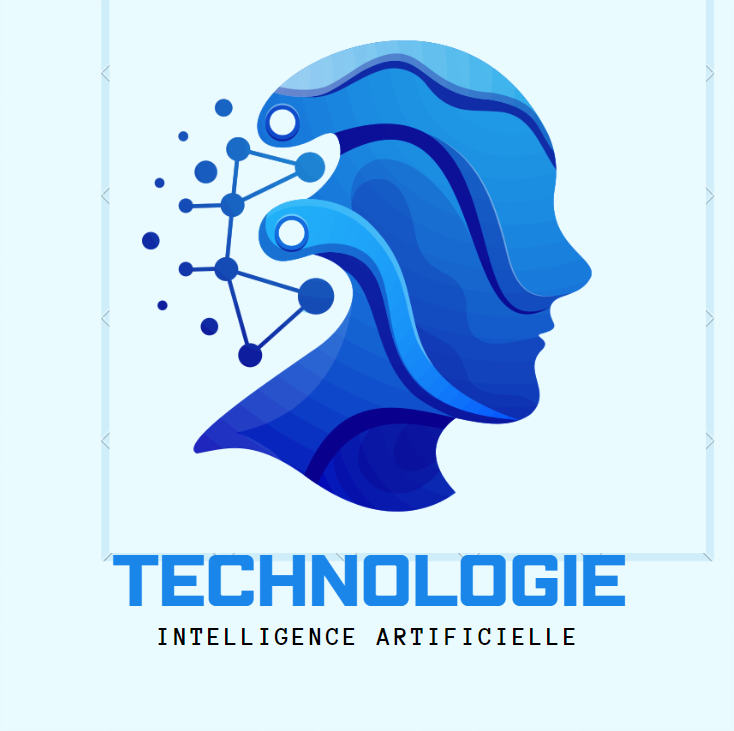artificial intelligence and automation
Artificial intelligence (AI) and automation are transforming industries, economies, and societies worldwide. With AI's ability to analyze vast amounts of data and automate complex tasks, businesses can enhance productivity, streamline operations, and innovate at unprecedented rates.
 |
| artificial intelligence and automation |
However, this rapid advancement also raises concerns about job displacement, ethical implications, and the digital divide. It's essential to foster responsible AI development, prioritize retraining and upskilling programs, and ensure inclusive access to the benefits of automation to harness its full potential while mitigating potential drawbacks.
what is automation?
Automation, on the other hand, is the process of using technology to perform tasks with minimal human intervention. It involves the creation and deployment of systems or software that can execute repetitive or predefined tasks automatically. Automation can streamline workflows, increase efficiency, and reduce the need for human labor in certain processes. However, automation does not necessarily involve intelligence or learning capabilities like AI does
Impact of automation on workforce?
The impact of automation on the workforce can be significant and multifaceted:
- Job Displacement: Automation can lead to the displacement of jobs as tasks previously performed by humans are taken over by machines. This can particularly affect jobs that involve repetitive or routine tasks, such as assembly line work or data entry.
- Shift in Skill Requirements: As automation replaces certain tasks, there is often a shift in the skills required in the workforce. Jobs that involve creativity, critical thinking, problem-solving, and technological expertise may become more valuable, while those centered around manual or repetitive tasks may decline.
- Increased Productivity: Automation can increase productivity by streamlining processes, reducing errors, and enabling tasks to be completed more efficiently. This can lead to economic growth and potentially create new job opportunities in industries related to automation technologies.
- Income Inequality: Automation can exacerbate income inequality if the benefits of increased productivity are not distributed equitably. Those with the skills to work with automation technologies may see their wages rise, while others may face job losses or stagnant wages.
- Reskilling and Upskilling: To adapt to the changing demands of the workforce, individuals may need to undergo reskilling or upskilling to acquire the necessary skills for new roles or to work alongside automated systems. Employers and governments may need to invest in education and training programs to facilitate this transition.
- Job Creation in New Industries: While automation may lead to job losses in certain sectors, it can also create new job opportunities in industries related to the development, implementation, and maintenance of automation technologies. This includes fields such as robotics, artificial intelligence, and data analysis.
Overall, the impact of automation on the workforce depends on various factors, including the pace of technological advancement, government policies, and the ability of individuals and organizations to adapt to change. While automation can bring about efficiencies and economic growth, it also presents challenges that require proactive responses to ensure a smooth transition for workers and society as a whole
In conclusion: AI and automation are transformative technologies that have the potential to revolutionize industries, improve efficiency, and enhance quality of life. AI enables machines to simulate human intelligence, while automation streamlines processes and tasks with minimal human intervention. Together, they offer numerous benefits, including increased productivity, innovation, and economic growth.
